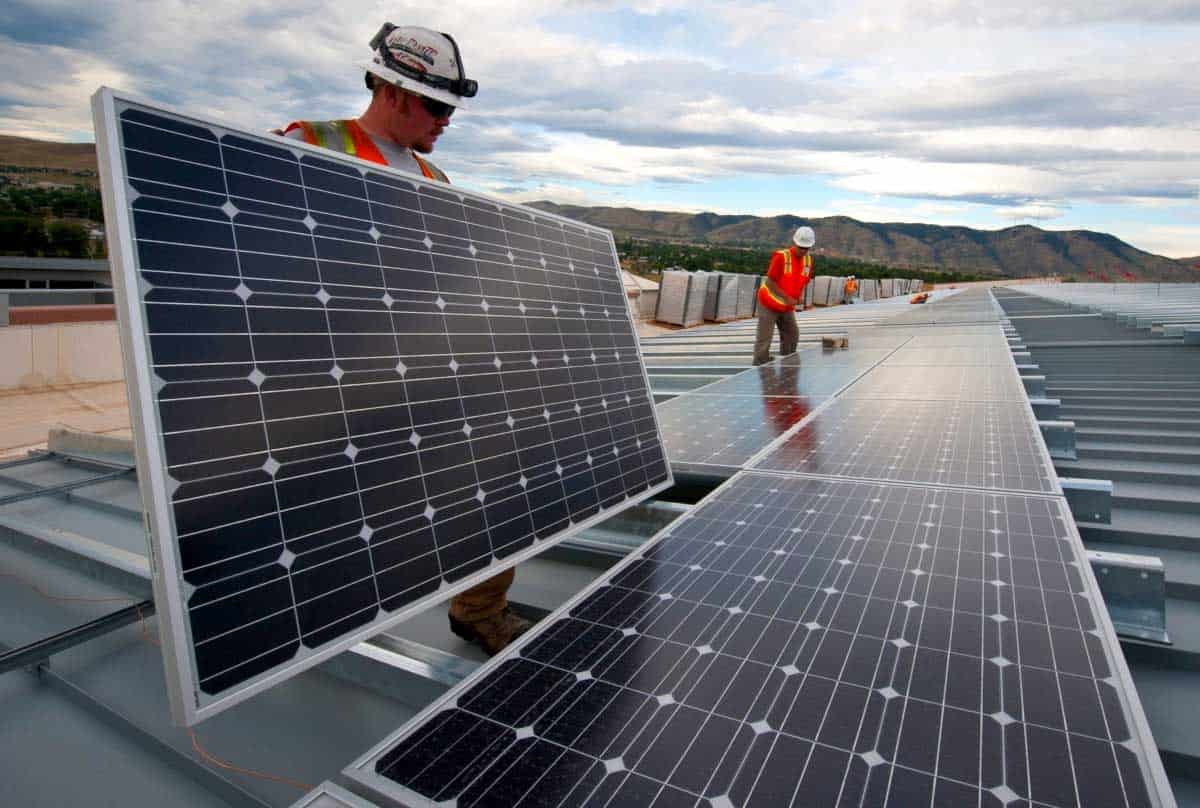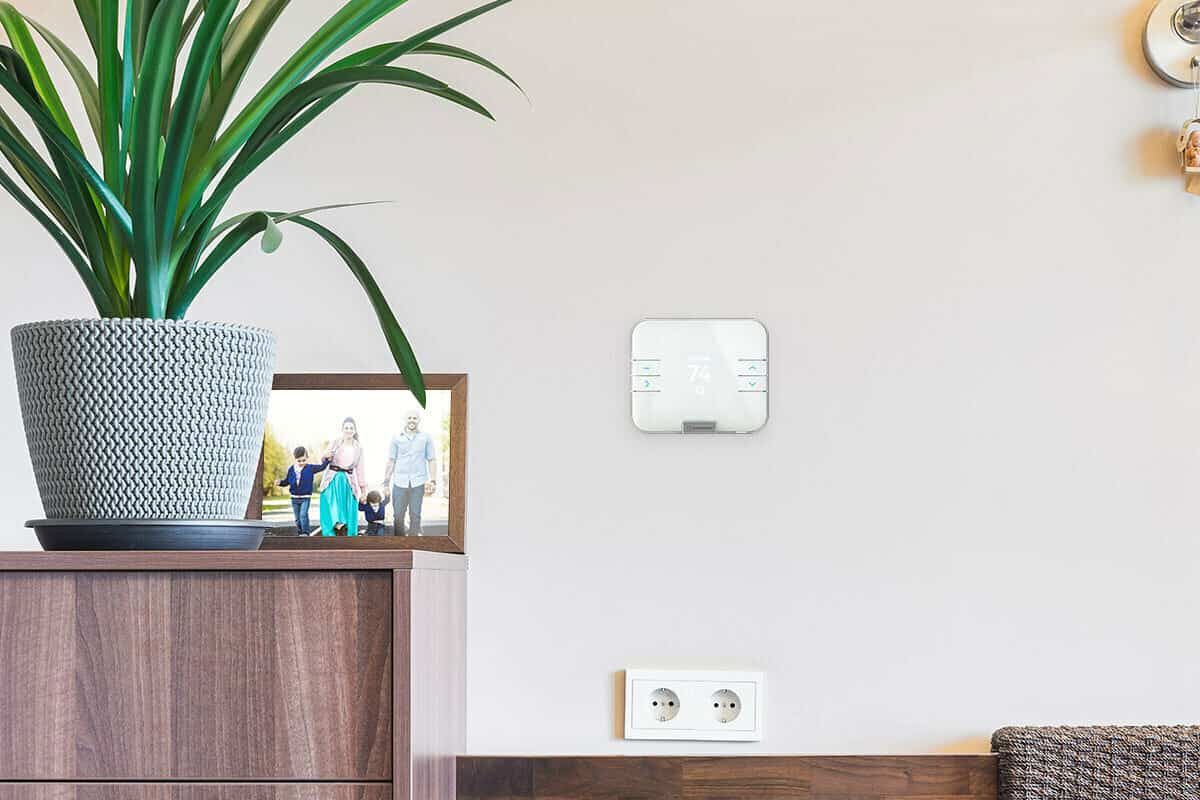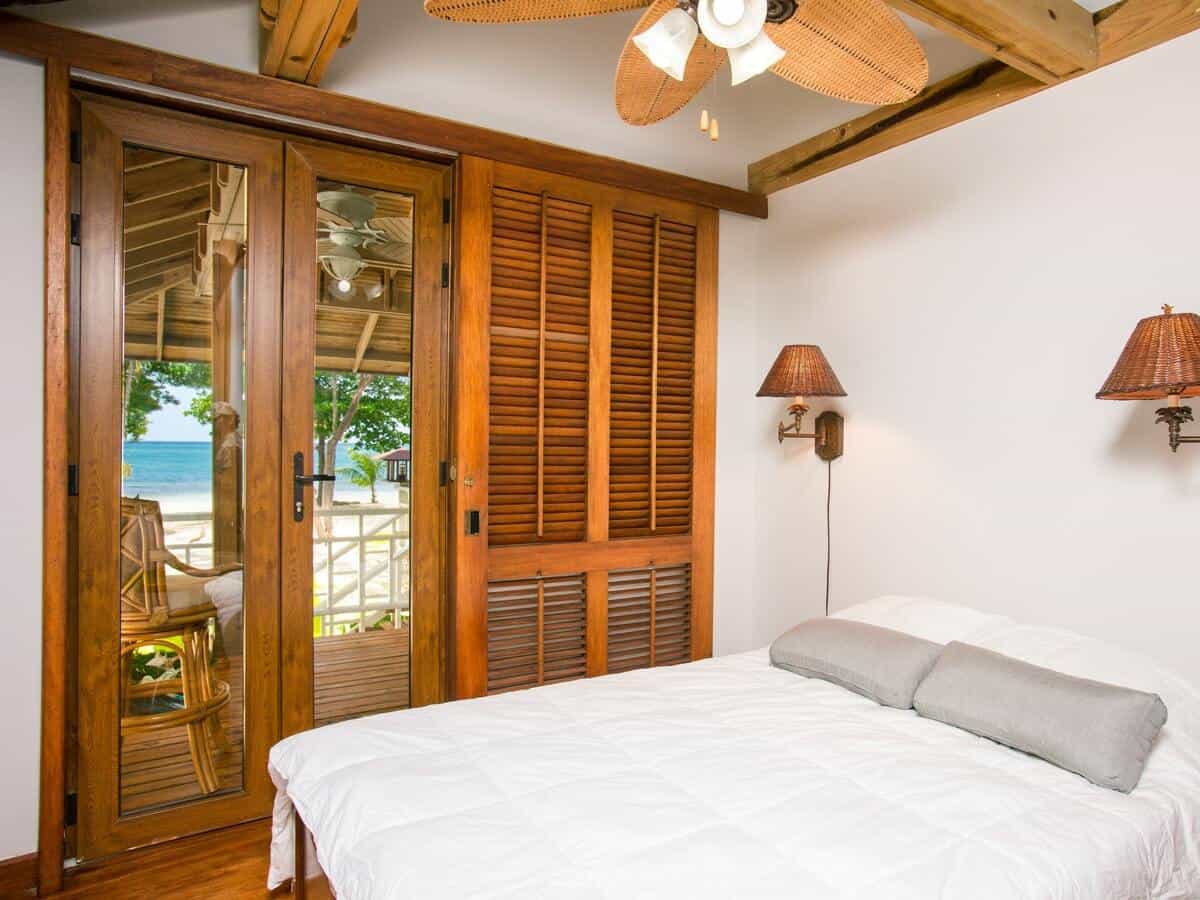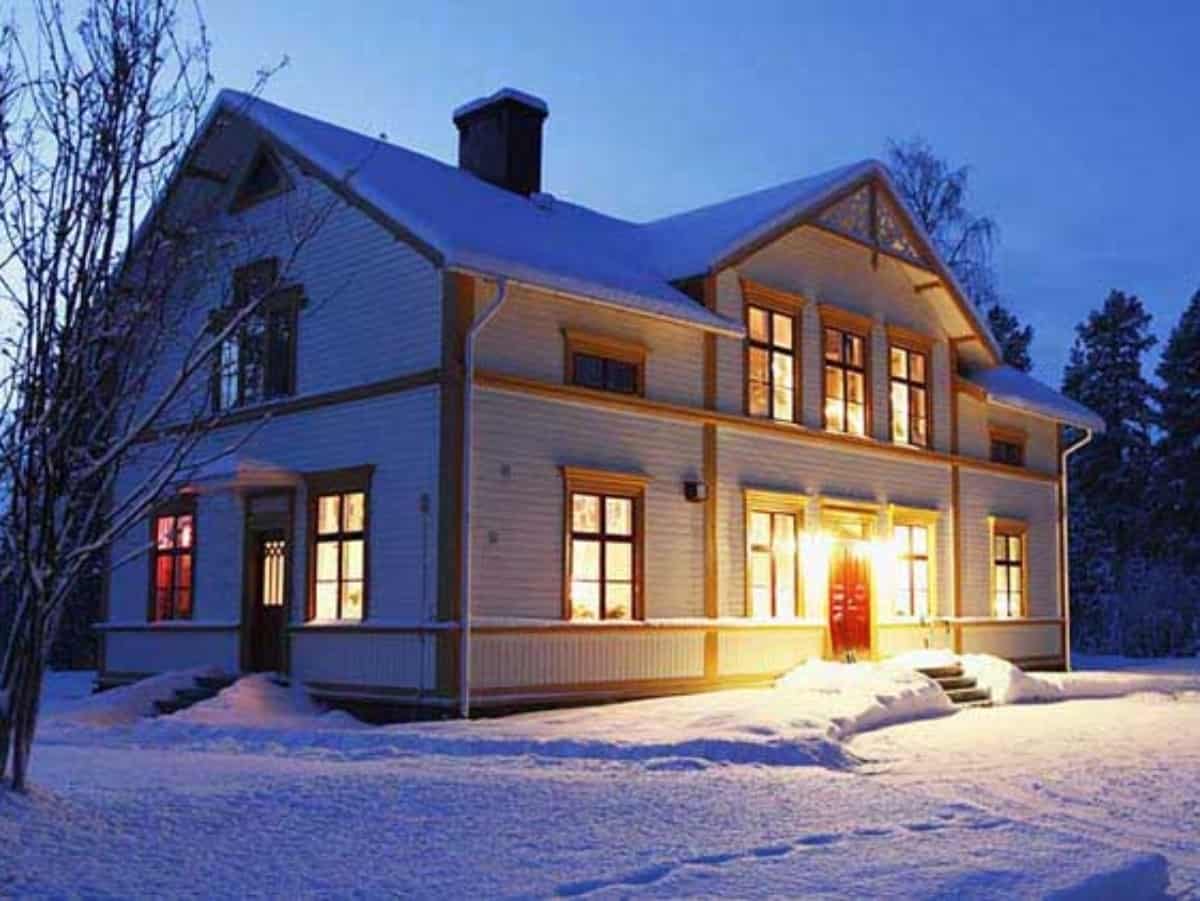During the winter months, most people tend to become inefficient about energy usage. They might not want to or have no time to turn their heating systems off while leaving their homes. You might also live in a country that doesn’t get cold weather but has very high electricity rates. Therefore, you might want to save some money during these colder months. Here are 12 quick tips to help you save energy at home during the colder months of the year.
1. Utilize Weather Stripping
Weatherstripping is a door seal that works as a barrier between your door and the ground outside. The seal attaches directly to your entryway’s threshold, which helps ensure air cannot escape from indoors outwards and vice versa. It provides better insulation. It also helps to save energy at home because you are not losing heated or cooled air.
Most people do not take advantage of weather stripping because they believe they can save money by keeping their doors closed. However, opening your door to let some cold air in can cost you more than using weather stripping.

2. Install Solar Screens
Solar screens can help insulate your house and also provide sun protection for windows and patio doors. That cuts down on UV exposure and cuts down on heat transfer during sunlight hours. The following are the major types of solar screens you can install:
- Operable external louver blinds
- Louvered metal solar screens
- Semi-transparent window shades
- Insulating solar control film
These kinds of solar screens are further divided into:
- 80 percent solar screens
- 90 percent solar screens
- No solar screens.
It is best to contact professionals on the kind of solar screens that can help to save energy at home during colder months.
3. Unplug Appliances
Charging your phone is an energy-intensive activity. In the end, you need to unplug all devices that are still connected to outlets. That makes it easy for some types of devices to stand out as culprits in your list of household power drains. If you don’t want to sacrifice convenience, ensure you turn off all electronic devices before leaving your home.
One of the inconvenient truths is that leaving on any light when nobody’s home or awake wastes a ton of electricity. Ensure you make it a custom to shut off all lamps and overhead lights when leaving a room. Also, unplug your appliances going to sleep at night, whether it’s daytime or midnight.

4. Set the Thermostat
Using your heater and AC while you’re at home will consume plenty of energy. If you use it too much to get comfortable, you’ll end up wasting a lot of electricity or gas. The easiest way to combat this is by setting the temperature on your thermostat to the most comfortable rate.
It can even be better if you use a programmable thermostat. Such kind of a thermostat will let you adjust the setting to control your home’s temperature. Therefore, it can take advantage of daily cycles in demand for cooling and heating. You can set yours to automatically increase or decrease the temperature even when you are away. The result will be significant savings on your energy bills without having to sacrifice any convenience.
5. Heat and Cool Only Occupied Rooms
Turning off your HVAC system in unoccupied rooms may not seem like it makes a huge difference. However, doing so will save you money on your energy bills, especially if you have a large home. If possible, keep the heater off in rooms you’ll only be used for short periods. Also, try to avoid keeping the HVAC system running while nobody is at home or asleep. In that way, you can save even more money.
6. Use LED Lamps
The first step you can take is to change all your incandescent lightbulbs to energy-efficient ones. That is because incandescent bulbs are one of the least energy-efficient types of lighting available. They provide a lot of heat and use considerable amounts of electricity compared with other forms of lighting. However, several different bulbs are available on the market, so you must choose the right type for your circumstances.
Energy-saving LEDs are popular and use about 80 percent less power than their incandescent equivalents. They also last anywhere from 25 to 50 times longer (depending on how often they’re used). Further, LED lamps can offset the cost of incandescent bulbs.
7. Add Insulation to Your Attic, Crawlspace, and Pipes
Upgrading the insulation in your home can be beneficial when it comes to keeping warm air inside during winter. If you’re not sure if your house has enough insulation already installed, you can add some before turning up your AC. Further, improved energy efficiency means that you won’t feel guilty about increasing the temperature a degree or two while you’re at home.
You should also ensure that your pipes are fully insulated against cold temperatures. Such a simple strategy will ensure that hot and cold water flow is not hindered during colder months. That means that you won’t have to wait forever for that cup of tea or a nice steamy shower.

8. Use Ceiling Fans For Balanced Warmth Throughout Your Home
Ceiling fans can help cool your home during warmer months. However, they can also be turned around, so they function as heaters during the cold season. They circulate warm air trapped at the ceiling and keep your rooms evenly heated. As a consequence, they make it more comfortable to be home during colder months. Ceiling fans can save on heating bills and help you feel warm and cozy inside, even on cold days.
9. Use Power-Saving Devices
You can reduce your overall energy consumption by purchasing products designed to address this very issue. Most power-saving electrical appliances can help you save up to 50% on the electricity bill every month. These products might include things like timers that switch off lights when they’re not needed. For instance, they might switch off your devices when no one is at home or in rooms that are not being used.
There are also cooling pads available for fridges which will use less energy than normal. Therefore, it’s worth looking around for these products if you want to lower the cost of running your appliances.
10. Set Your Water Heater to Below 120
You can easily do this yourself by reading through your water heater’s manual. You can also talk with someone who knows how to work on it, such as a plumber. It is critical to wait until you have enough warm water before starting the next laundry/bathing/doing dishes. In that way, you can save energy at home and put less strain on your environment.
At the same time, you get all of your chores done in time. If everyone did this, they could reduce greenhouse gases produced from running several unnecessary loads of laundry. That would encourage people to use natural resources instead of non-renewable sources. Therefore, they can put less strain on the environment (and save everyone’s electricity bill).
11. Ensure Your Service Your Appliances
Leaky faucets might appear as inconsiderable issues. However, when you never actually use all of the water constantly runs out through them and into the drain. Therefore, it can add up to a lot of wasted energy and money over time. If there’s no one else who could fix them for you, go ahead and fix them yourself.
Understandably, if you’re uncomfortable doing it yourself, ask for help from a professional. Also, check around your home for other issues. For instance, ensure there aren’t any leaks in your appliances, including:
- Dishwasher
- Water heater
- Washing machine
- Refrigerator
- Faucets
- Toilets
Servicing appliances will ensure they use less energy each year, which means you’ll save money in the long run.
Further, you can carry out a home energy audit to see which appliances use the most electricity. This way, it will be easier to determine exactly where your money is going. Therefore, you can make informed decisions on how best to cut back on your consumption to save energy at home.

12. Use Natural Light as Much as Possible
During the winter months, most homes tend to be darker and gloomier due to less exposure to sunlight. Therefore, they require more artificial lighting, which puts additional pressure on electricity usage. Utilize natural light however you can, whether it is utilizing skylights or just opening your blinds.
In conclusion, saving energy during colder months is not as difficult as it may seem. Utilizing these tips will help save money and live more sustainably by protecting natural resources such as solar power and an abundant clean air supply. In addition to reducing utility bills and environmental impact by conserving energy, all of these actions also protect your family’s safety by decreasing the likelihood of home fires. If you want to explore more on saving energy during colder, you can contact ONIT Home. They are your trusted brand for everything you have in your home.
To find out more, visit us online or give us a call today at 1-833-433-0331.



